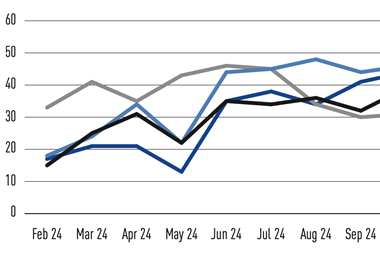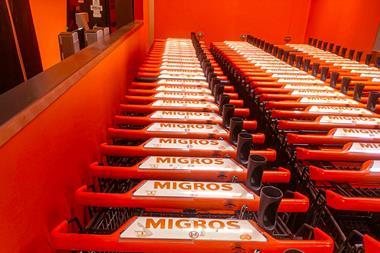In 1995, the tobacco and financial conglomerate, BAT Industries decided to develop a corporate pensions function,” appointing Simon Dudley - who had worked in a similar role at Unilever - as its pensions and benefits manager.
Dudley, recently promoted to head of group personnel, has begun to implement an international strategy for which he achieved board backing last year.
“Put simply, we must make our managers aware of the fact that for every 1% extra investment return we could earn off our funds, it will save us 2-3% of pay roll. We want to compare how funds perform against other pension funds in similar environments with similar remits.”
The company has instituted a regular review of the investment performance of the group’s larger pension funds, including that of insurance company Eagle Star as well as the core tobacco subsidiaries, which have been subjected to the closest scrutiny so far.
The main initiative involves “the preparation and extension of broad philosophy statements for the group covering benefits, financing and investments” which Dudley is now drafting, but the company has already set out some broad principles which in-clude the establishment of benchmarking for all pension funds, involving both a consideration of how they measure against the actuary’s assessed rates of return over rolling five-year periods and a comparison with external benchmarks, whether indices or comparative groups.
Managers from the top six pension funds from three different countries provided re-ports last year to pool basic statistical information on fund size, asset allocation, short- and long-term performance and the respective benchmarks.
This has now been ex-tended to funds from the 10 countries in which the company has the most significant presence, including the UK (pensions assets of $2.9bn), Germany (book reserves $405m) and Switzerland ($75m). This will provide the basis for reports to the to-bacco management board and overall group board.
The company is also en-couraging the use of asset/ liability modelling where possible. Dudley is convinced of its merits, adding that although a model often confirms what a manager knows intuitively, it can throw up some surprises and lead to a better understanding of possible scenarios.
Modelling has already been used in the UK. “We wanted to check that fixed income to equity proportions were about right, given our cashflow demand. The study enabled us to get a better understanding and gave us insight into the minimum funding requirement.”
Although the idea is still embryonic, Dudley also wants to develop common criteria for the selection of investment managers: “We will begin to give guidance to schemes using managers, hopefully moving on to establish a preferred list.”
Dudley hopes to achieve a cross-fertilisation of ideas, although to begin with it will be slightly negative in emphasis. “We are saying that the appointment of managers ought to be referred to the finance director of the tobacco management board thus avoiding hiring a manager in one country at the same time as firing him in another.”
BAT’s strategy on investment of pension funds is focused on Europe, although Dudley emphasises that most of what he says can be applied to BAT’s operations worldwide. Specifically, the company commissioned Towers Perrin to conduct an asset/liability study into the benefits of its German subsidiary last year. This examined ways in which to segregate assets from the current book reserve scheme to use them as backing for existing liabilities.
Dudley continues: “Having recognised the existence of free assets in Germany, the next process is to agree how these assets should be invested and the monitoring arrangements.” The company is also considering the appointment of external asset managers for its Swiss funds, now managed in-house.
The company is also seeking to “widen the dialogue with insurers”, in countries where they provide the retirement provision. “We really want to start looking at insurance contracts as an investment management vehicle, to try to unbundle the process so that we can see the investment returns we are getting more clearly.”
He admits that his aims are ambitious: “It is an area where I wish we could make more progress. Continental insurers are very reluctant to say how they invest the money.”
On the benefits side, Dudley echoes a concern of many European employers. “In a number of countries we run the risk of a serious escalation in costs, as our benefits incorporate social security payments which can only go down. We need to construct the right benefit formula which doesn’t leave us overexposed.”
However, he asserts that the company will not let the value of its benefits decline. “We believe very strongly that we should identify what it is we want to do and how much we can afford while remaining competitive and then construct the appropriate plans,” he says.
He is agnostic about whether plans should be defined benefit or defined contribution. “My concern is agreeing the basic philosophy and level of benefit. DB or DC is then in the detail of how we actually deliver it.”
In terms of a European investment strategy, Dudley expresses interest in Pension Fund Pooling Vehicles, add-ing that if funds across Europe wanted a UK equity portfolio then he would hope for a single manager, in this case Threadneedle Asset Management, a BAT company.
“We are very keen to set up a virtuous circle where our funds use our asset managers because they are the best, but we are conscious of the need to get the balance right between the business side and trustee obligations.”












No comments yet